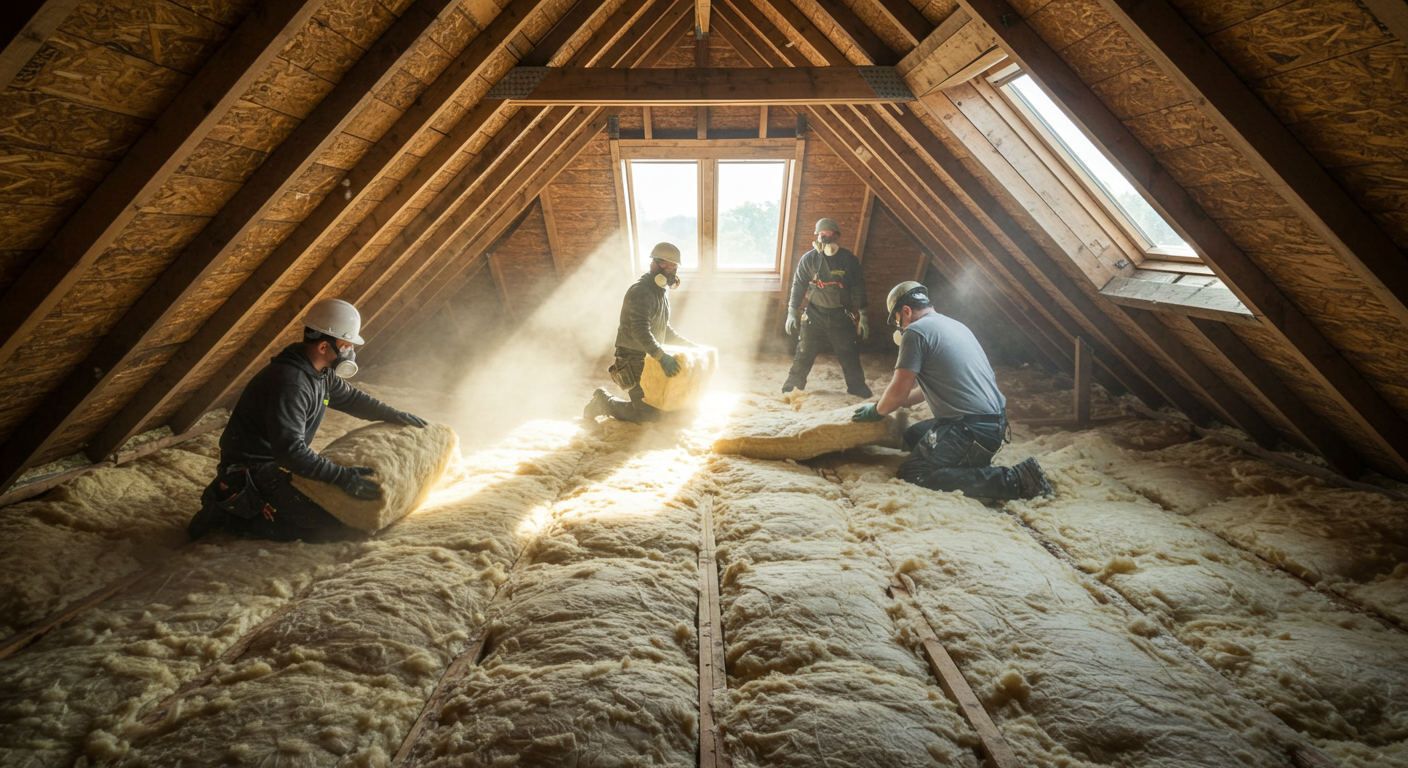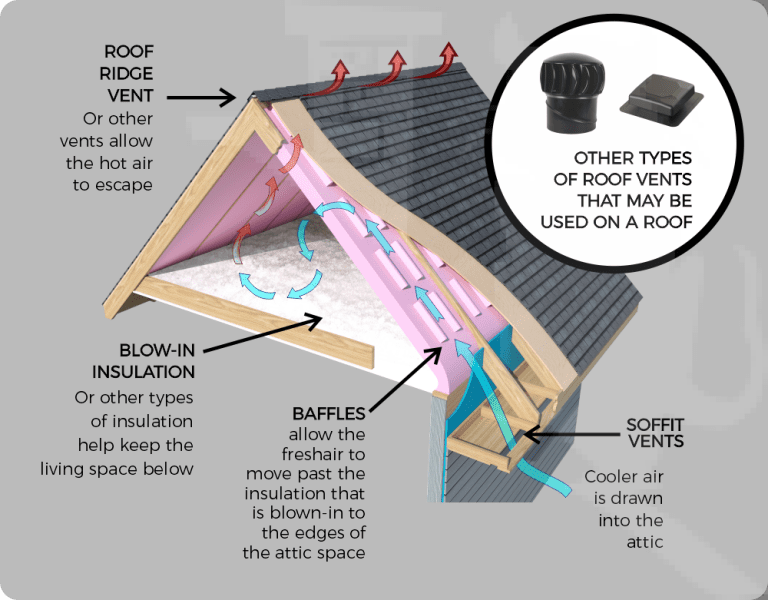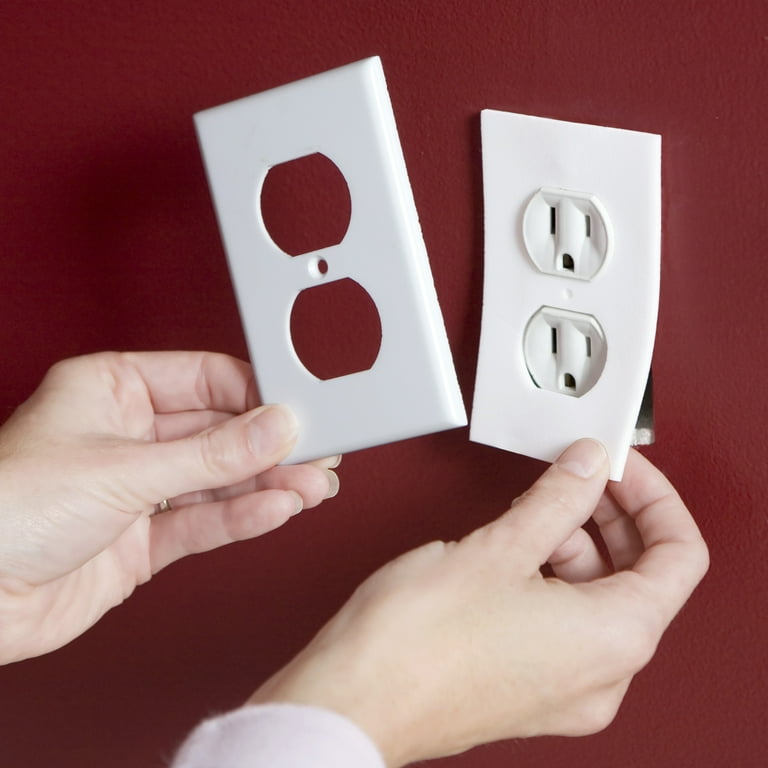Attic Insulation 101: Why It's Your Home's First Line of Defense
Heat rises, making attic insulation critical for Canadian homes. This comprehensive guide covers R-value requirements by climate zone, insulation material options including fiberglass batts, blown cellulose, and spray foam, proper ventilation to prevent moisture buildup, and how to identify insufficient insulation from your attic inspection.







